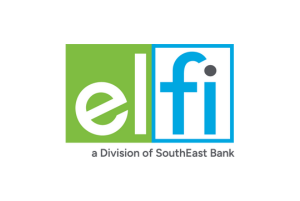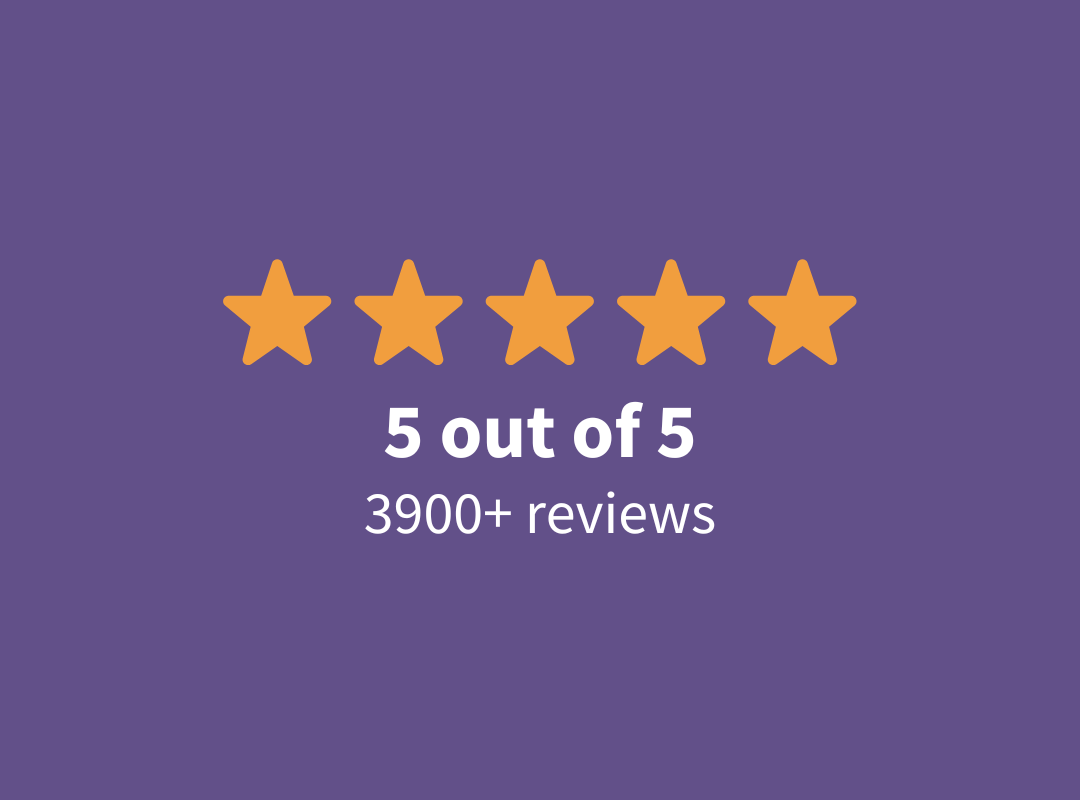Editor's note: The final version of President Biden's New IDR rules was announced on June 30, 2023, and phase out the double consolidation loophole by July 1, 2025. Anyone who completes this full consolidation process before that date can access the available cheaper income-driven repayment plans. THIS PROCESS MUST START NO LATER THAN JANUARY 2025 to make it in time. From start to finish, the double consolidation can take 4-6 months to execute with no mistakes. If you miss that date, you're stuck paying 20% of your income on Income Contingent Repayment (ICR) with a very low deduction (100% of the poverty line).
Why is that a big deal? Take a borrower earning $50,000 yearly with $100,000 of Parent PLUS loans. The ICR monthly payment would be $590, while the New IBR plan would be only $228. The stakes have never been higher for Parent PLUS borrowers seeking a more affordable repayment plan. If you're struggling to complete this process yourself with the article below, our team of student loan experts can help. We have more than 3,900 five-star reviews and have been helping borrowers navigate these complex repayment options since 2016.
Borrowers who have Parent PLUS Loans deal with somewhat of a different beast than when a student borrows federal student loans. Parent PLUS Loans stay in the name of the parent who pulled them out if kept in the federal system. They generally have much higher interest rates than Direct Loans and don't offer student loan forgiveness opportunities.
Parent PLUS Loans also have far fewer repayment options (e.g., amortized standard fixed and graduated repayment plans). But there's a loophole you probably haven't heard about before: the Parent PLUS double consolidation.
The Parent PLUS double consolidation loophole is a game changer. This strategy could drop your payment from 20% to 10% of your income.
Refinancing Parent PLUS Loans to private student loans
A few past options we’ve written about have included private refinancing and consolidation. With Parent PLUS Loan refinancing, you take federal loans from the federal system and get a new loan from a private lender. The goal is to get a lower interest rate and more favorable terms.
Student loan refinancing works great for folks in a couple of different situations, assuming their credit is in a good place, such as:
- When the student loan debt balance is lower than their annual income, and they feel confident in committing to that payment and term
- When there’s a need or desire to transfer ownership of the loan to the student/child, and their credit and financial situation allow them to commit to that payment and term
If refinancing isn't the right fit (because of poor credit or the loan balance is much higher than income), the repayment terms are more difficult to commit to. In that case, consolidating within the federal system is a way to open the door to income-driven repayment (IDR), but Parent PLUS Loans can access just one plan: Income Contingent Repayment (ICR). More on that below.

Calculate Your Parent PLUS Loan Payments and Forgiveness Path
Parent PLUS Loan CalculatorParent PLUS double consolidation loophole
Parent PLUS loan borrowers can consolidate into a Direct Consolidation Loan, even without another loan, and have access to Income-Contingent Repayment (ICR). This plan is based on 20% of discretionary income and has a maximum student loan repayment period of 25 years. If your employment meets eligibility requirements, it also qualifies for loan forgiveness programs, like the Public Service Loan Forgiveness (PSLF) program.
If refinancing isn’t a viable option and consolidation does not bring relief with the 20% calculation, you can entertain a process called Parent PLUS double consolidation.
How Parent PLUS double consolidation works
Double consolidation is not something your servicer will offer as a strategy for repayment. The federal Direct Consolidation Loan application and process is also very tedious and time-consuming. However, it CAN open the door to Pay As You Earn (PAYE), and Income-Based Repayment (IBR).
These lower IDR repayment options were not initially available to Parent PLUS Loans or consolidated Parent PLUS Loans. Let’s get technical:
A consolidation loan that includes two consolidated unsubsidized loans that previously paid off Parent PLUS loans is NOT the same as a consolidation loan that paid off a Parent PLUS Loan directly.
A consolidation loan that paid off a Parent PLUS loan = Access to ICR.
A consolidation loan that consolidated two direct consolidated unsubsidized loans = Access to PAYE and IBR.
By consolidating in this specific way, you get around the rule that says consolidated Parent PLUS loans only have access to ICR.
This technicality is critical because of how student loans are administered and how the laws were written to identify repayment options for a loan type. This legal “loophole” allows the double-consolidation process to open the door for accessing PAYE (if you hadn’t borrowed before October 1, 2007), and IBR.
Could the double consolidation loophole work for you?
First and foremost, let’s review some terminology and how consolidations work:
- Parent PLUS Loans can consolidate themselves into a Direct Consolidation Loan. This means the double-consolidation process could be successful with as little as two Parent PLUS Loans consolidating individually in the first round.
- Unlike Parent PLUS Loans, a Direct Consolidated Unsubsidized Loan needs one other loan to consolidate with.
- Parent PLUS Loans can be consolidated with non-Parent PLUS Loans, but this must be done strategically.
- Suppose you only have one Parent PLUS Loan (and no other federal loans). In that case, your only opportunity is to consolidate that one loan into one Direct Consolidation Loan and have access to ICR or private student loan refinancing.
Will double consolidation be unnecessary with Biden Parent PLUS Reform?
The final version of President Biden's New IDR rules will phase out the double consolidation loophole by July 1, 2025. If you complete the process of consolidating twice before then, you can access the cheaper income-driven plans. If you miss that date, you'll pay 20% of your income on Income Contingent Repayment (ICR) with a very low deduction (100% of the poverty line).
Parent PLUS double consolidation steps
If it sounds like this double consolidation loophole would work for you, watch the instructional video above, and here are the written next steps and notes:
1. Fill out paper consolidation applications.
You will want to submit paper applications for the first round of consolidations. This includes one application for consolidating one or more loans and the second application for consolidating the other loan(s) left out from the first application.
You will mail to two different servicers to avoid having them added into the same consolidation (which defeats this process’s purpose). Loan account numbers, loan codes, and loan servicer contact information are available on the Federal Student Aid website.
The best way to grab this info is by acting like you’re completing an online consolidation application, which will lay out your specific loan details.
Once logged in, click on the “consolidate my loans” section if it doesn’t take you straight there. Continue through your basic info until you get to your loan details. You should see a long list of your loans and their details.
Here’s another resource for the loan codes, just in case.
*Caution: DON’T submit your application online this way; the first round should be via paper application.
2. Include a Repayment Plan Request form
In the application mailer, include a Repayment Plan Request form. On the form, check the first box for ALL loans and select the Standard Plan. This is a placeholder until you can do the final consolidation, so you don’t have to submit income documentation. If you don't include this, the consolidation will be denied for no repayment plan elected.
3. Mail your consolidation paperwork.
Use certified mail to ensure delivery to the servicers.
Consolidations take 30 to 90 days to complete, in which your loans will be put into forbearance or deferment while the process is underway.
Final steps
Wait for confirmation that the different servicers processed both consolidations. Once the consolidations are settled, you can proceed to the last steps:
4. Do the online consolidation application for the final consolidation.
After confirming that both consolidations were processed, do the online consolidation application. The application should show the two consolidated unsubsidized loans that were just completed. If it still shows the old Parent PLUS loans, close out of the application and return in a week to allow the consolidation process to finalize.
5. Choose your final servicer.
You’ll select this in the online application. Choose a servicer you haven’t sent a consolidation application to yet.
6. Choose an income-driven repayment plan.
The online application should currently let you choose IBR. PAYE should be opened again for new applications in 2025.
7. If you initially get denied for the IDR plan:
If the online IDR application gets denied, apply for the income-driven repayment plan (PAYE, IBR) using this application.
Provide a copy of your income documentation. Upload this completed application and your income documentation to your servicer's online portal (document uploads), or mail it to them.
***Note: If you're still getting denied, call the loan servicer and ask to be switched to the income-driven plan. Mention that you did the double consolidation. Call again and get a different person if you're not getting anywhere. You are legally eligible for this IDR plan if you’ve completed the double consolidation process before July 2025. Last resort: submit a complaint with FSA.
8. Make your monthly payments and recertify annually.
To maintain eligibility for income-driven repayment plans, making your monthly payments on time and recertifying your income and family size annually is crucial.
Common problems with double consolidation to be aware of
The Parent PLUS double consolidation process takes a lot of work, but it can be worth it in terms of affordability when it's all said and done. That said, borrowers experience some common issues when executing the double consolidation loophole.
Mistake #1: Making paperwork errors
The most common problem we see with double consolidation denials is paperwork errors. This might include incorrectly entering the account number or loan code or not listing the loans correctly.
Paperwork mistakes can be avoided by watching the instructional video above or by working with one of our student debt experts.
Mistake #2: Not using the right loan servicers
For the Parent PLUS double consolidation process to be successful, we have to use three different loan servicers as part of the process in most cases. If you have your own student loans, there might be exceptions.
Why do we need to use multiple servicers? If you use the same loan servicer for a consolidation within six months, your loans will be bundled together as if it was part of the same consolidation — which defeats the purpose of the double consolidation.
Mistake #3: Not resolving issues caused by the servicer
Sometimes, we see loan servicers send back loan consolidation confirmations with mistakes on the servicer's end. Therefore, you need to pay close attention to the details included in the confirmation. Make sure the confirmation shows the exact loans you want to be included versus any that you do not want to be included. Immediately contact them if you see a mistake.
Other common issues with double consolidation
Here are some other potential problems borrowers can run into when using the Parent PLUS double consolidation loophole:
- One loan servicer recognizes there's another consolidation going on at the same time. Often, Parent PLUS borrowers submit two paper applications to consolidate two different bundles of loans to two different loan servicers. If one of the servicers panics and pauses the process, you need to call and ask that they proceed with the consolidation since you're consolidating different loans.
- The loan servicer might incorrectly flag the final step. When you're consolidating two consolidations together, the servicer might tell you that you can't consolidate two direct consolidated unsubsidized loans. However, this is wrong. If this happens to you, call the servicer and ask that they reprocess and look at the file again.
- Your income-driven repayment application might be denied when signing up for the IBR plan. If your IDR application is rejected, you'll need to reapply or call the loan servicer to explain that you did double consolidation, whereas your last consolidation didn't include any Parent PLUS loans, so you are, in fact, eligible for IBR. You might have to escalate to management until you're able to get approved for the IBR plan.
Again, Parent PLUS double consolidation has a whole process with many potential hurdles. But these pain points can be minimized by watching the video above or scheduling a consult with our team.
Case study: Parent PLUS double consolidation with PSLF
Sara is a single mom and borrowed loans to send her two sons to college. She works full-time for a 501(c)(3) nonprofit and has interest in pursuing PSLF.
Here's Sarah’s loan list:
| Loan type | Balance | Servicer |
|---|---|---|
| Direct PLUS Parent | $43,000 (Son #1) | Aidvantage |
| Direct PLUS Parent | $35,000 (Son #2) | Aidvantage |
Her current payment on the Standard Extended Fixed Plan is $503 per month for 300 months (25 years). She knows efficiency is an option with PSLF, but she needs to consolidate her Parent PLUS loans ) and be on an IDR plan to qualify.
Consolidation process #1
Sara consolidates each Direct PLUS Parent loan individually.
- She mails in a paper consolidation application to EdFinancial, consolidating one Direct PLUS Parent Loan. Additionally, she includes a Repayment Plan Request form selecting the Standard plan for all loans and includes this in the mailing packet.
- Sara mails a second paper consolidation application to Aidvantage, consolidating the other Direct PLUS Parent Loan that she didn't include on the first application. She also includes a Repayment Plan Request form, selecting Standard for all loans again in the mailing packet.
- She waits. Her Direct PLUS Parent loans are successfully consolidated into a Direct Consolidation Loan at both EdFinancial and Aidvantage.
Consolidation process #2
Sara then completes the online consolidation application.
- She now consolidates BOTH loans by logging into studentaid.gov and including them in her online application.
- Sara sends them to MOHELA.
- She applies for the income-driven repayment plan (PAYE or IBR) and provides a copy of her income documentation.
- She also completes the PSLF Help Tool for PSLF.
Sara’s adjusted gross income (AGI) is $80,000, so her new payment under New IBR is $478 per month. This payment is slightly lower than the 25-year plan she was on, and now she will achieve PSLF forgiveness after 120 qualifying payments (10 years). Her estimated forgiven balance will be $63,000!
When to get help
The process for the double consolidation can be a double-edged sword if you are unsure of the steps. Throw in a spouse with student loans or having your own student loans along with Parent PLUS loans, which makes things extra tricky. With the high stakes, it's a good idea to speak with a double consolidation expert to set you up with customized instructions to fit your situation.
Refinance student loans, get a bonus in 2025
| Lender Name | Lender | Offer | Learn more |
|---|---|---|---|

|
$500 Bonus
Bonus for eligible users who refinance $100k or more (bonus from SLP, not SoFi)
|
Fixed 4.49 - 9.99% APR
Variable 5.99 - 9.99% APR with all discounts with all discounts |
|

|
$1,000 Bonus
For 100k or more. $200 for 50k to $99,999
|
Fixed 4.45 - 10:49% APR
Variable 5.88 - 10.49% APR
|
|

|
$1,000 Bonus
For 100k or more. $300 for 50k to $99,999
|
Fixed 4.29 - 10.24% APPR
Variable 4.86 - 10.24% APR
|
|

|
$1,050 Bonus
For 100k+, $300 for 50k to 99k.
|
Fixed 4.99 - 8.90% APR
Variable 5.29 - 9.20% APR
|
|

|
$1,099 Bonus
For 150k+, $300 to $500 for 50k to 149k.
|
Fixed 4.88 - 8.44% APR
Variable 4.86 - 8.24% APR
|
|

|
$1,250 Bonus
For 100k+, $350 for 50k to 100k. $100 for 5k to 50k
|
Fixed 3.85 - 11.38% APR
Variable 4.33 - 12.35% APR with autopay with autopay |
Not sure what to do with your student loans?
Take our 11-question quiz to get a personalized recommendation for 2025 on whether you should pursue PSLF, SAVE or another IDR plan, or refinancing (including the one lender we think could give you the best rate).

Comments are closed.